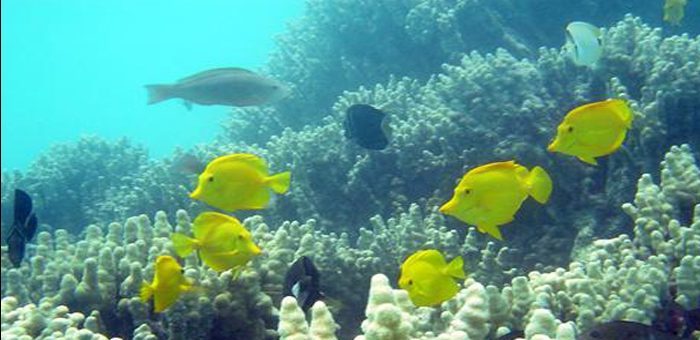The Chilean government declared the Rapa Nui Rahui Marine Protected Area (MPA), aiming to safeguard the waters surrounding the Pacific Ocean island, which is known as Rapa Nui.
The MPA, one of the largest in the world, will protect an area about 740,000 square kilometers (285,716 square miles), roughly the size of Chile’s land area. Fulfilling a 2015 commitment to water protection, the MPA will protect Easter Island from industrial fishing, mining, and other extractive activities within the Chilean exclusive economic zone that surrounds the island.
“The government of Chile believes that public participation leads to better policy with a deeper connection to those who are affected, and we were committed to consultation with the Rapa Nui,” said Marcelo Mena, Chile’s minister of the environment. “That resulted in a vote to approve this marine protected area, limiting extractive techniques to those that are traditional to the Rapa Nui people.”
Easter Island, which sits 4,000 kilometers west of mainland Chile, is a UNESCO World Heritage site. Rapa Nui is home to at least 142 species found nowhere else, including 27 that are threatened or endangered. In addition to hosting numerous endemic species, Easter Island’s waters are important spawning grounds for many migratory species, such as tuna, marlins, and swordfish.
Matt Rand, director of the Pew Bertarelli Ocean Legacy Project, said: “This designation begins a new chapter in the island’s history and serves as a lesson to other nations and communities that marine protected areas can strengthen ocean resilience,” Rand added.
Under their Pew Bertarelli Ocean Legacy Project, the Pew Charitable Trusts and the Bertarelli Foundation have supported the Rapa Nui’s efforts to protect Easter Island’s waters since 2012.
Before the start of the 4th International Marine Protected Areas Congress (IMPAC4) in Chile, only about 3% of the world’s oceans had any protections, while just 1.6 percent were strongly protected. The Easter Island MPA and other national efforts announced at the congress will help boost the amount of protected waters worldwide.
The International Union for Conservation of Nature has adopted scientists’ recommendation that world leaders should conserve at least 30 percent of the ocean by 2030 to maintain biodiversity, boost fisheries productivity, and safeguard the myriad economic, cultural, and life-supporting benefits of the seas.






























































